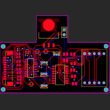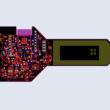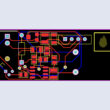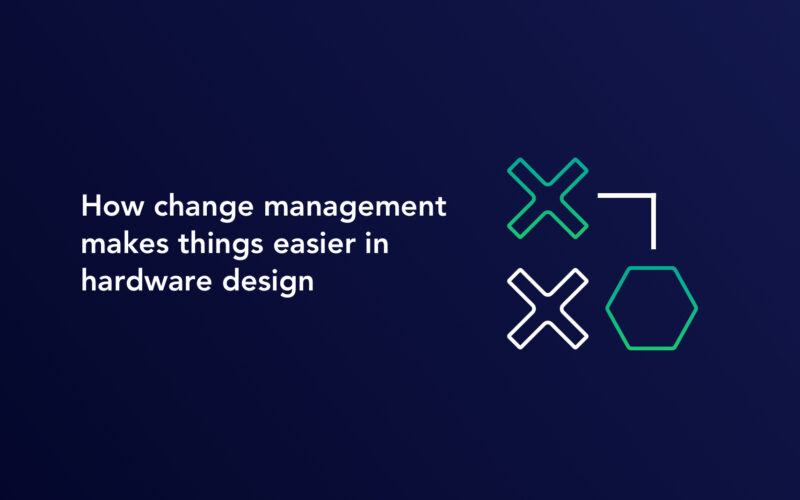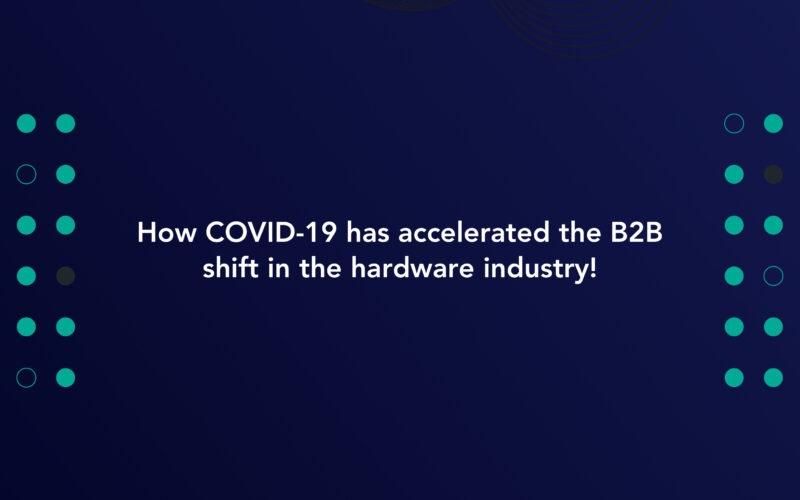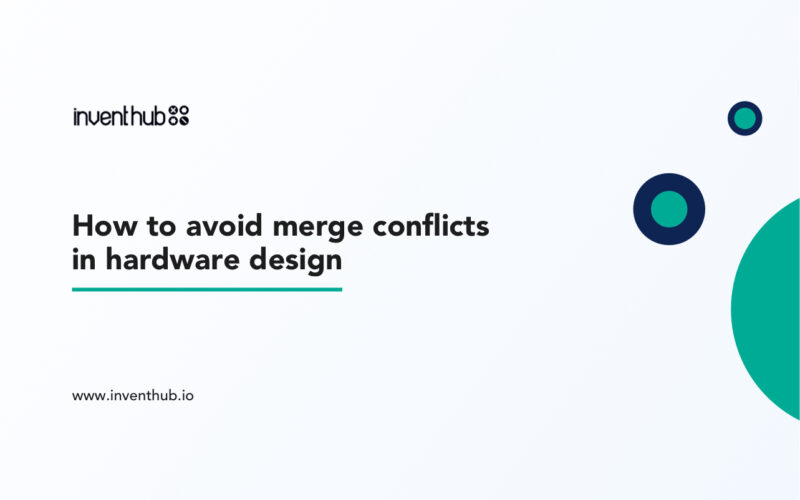Collaborative tools are a boon for all professions, and the hardware industry is no different. Better collaborative platforms have changed how workplaces function by ensuring streamline workflows and increasing productivity. They reduce the extra time engineers and designers need to delegate for everyday tasks such as recording their work and reporting to their supervisors. This leaves them with the optimum amount of time to do their actual tasks, and also bring innovation to their designs. However, things are not as simple as that. There are a number of challenges hardware engineers will face when integrating collaborative tools in their workflow, but most of these can be overcome easily.
Passing the learning curve
One of the major issues companies face when introducing a new tool is its learning curve. It is not easy to bring everyone on board with a new tool and have them utilizing it properly from the get-go. It takes some time for people to understand how the new system works and why it is useful for them.
To counter this, companies should go for collaborative tools which allow designers to integrate the tools they already use, so that they don’t have to completely switch gear. This lets them use it more efficiently and adapt to it in a timely manner. A couple of training sessions with the tool providers can also be quite useful and must be given in the first couple of weeks when the tool is introduced.
Picking out the wrong tool
You wouldn’t try to put up a nail in your wall using a spanner. Rather, you would go for a hammer, because that is the right tool for the job. Similarly, not all collaborative platforms are built the same, and need to be researched thoroughly.
Hardware engineers require tools which allow them to share and integrate feedback in real time, with efficient diffing mechanisms. The classic text-heavy tools will not do for the hardware industry, so specialized solutions are the best bet. It is best to go for something which ticks all the boxes required, and makes things simple for all stakeholders.
Staying within budget
One of the biggest issues with existing collaborative solutions in the hardware industry is the sheer expense. Most of the tools currently available in the market cost thousands of dollars annually, putting them out of reach for a large number of companies.
This is particularly a hindrance for small-scale start-ups, which have yet to get a regular stream of revenue. For example, an annual license for Altium Designer costs USD 3,850, and if companies want to add more users, they need to buy additional seats. These rates are nearly prohibitive, so more affordable solutions are required.
Communicating with all stakeholders
Miscommunication is one of the key issues faced by every industry, not just hardware design in particular. It is highly inefficient to constantly go back and forth with phone calls, emails, and meetings. This time could be spent much more productively on creating and improving the actual product.
Many collaborative tools have attempted to solve this issue, but in hardware, more visual solutions are required. The products involved are highly complex with numerous parts, so any changes in one part are not easy to communicate to others without some sort of visual aids or annotations.
Even though the above challenges may seem daunting, with the right research and tools, they can be overcome easily. In fact, such tools are the need of the hour to increase efficiency and productivity, so that hardware design can continue to evolve and innovate as an overall industry.


